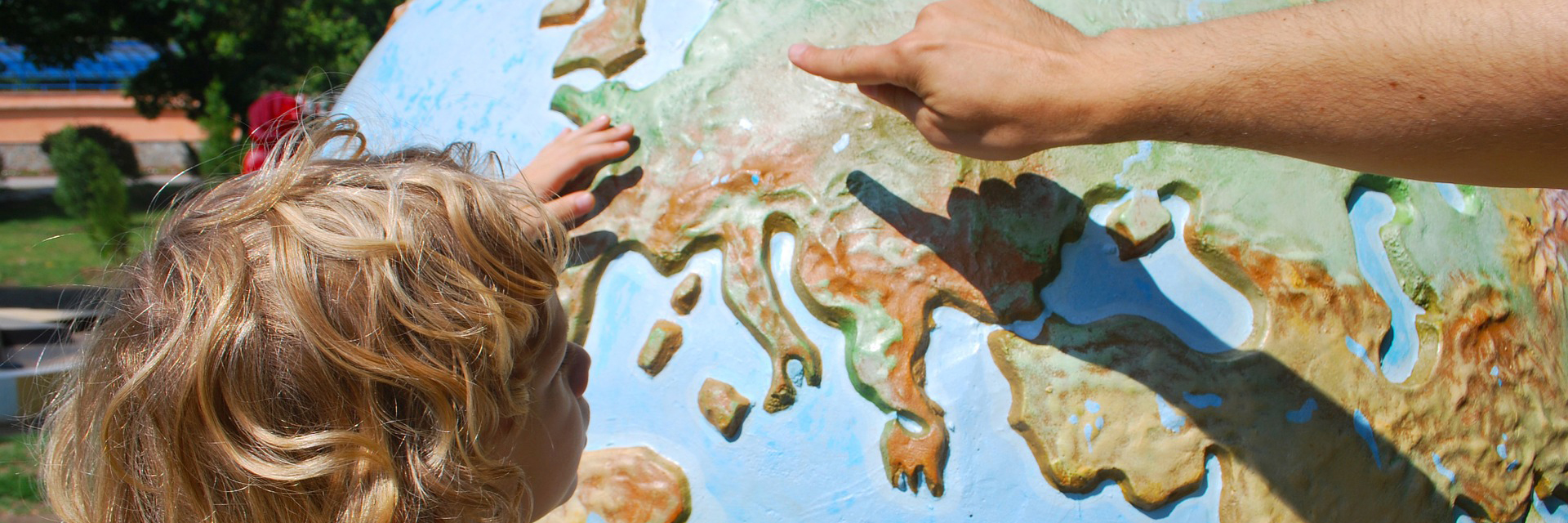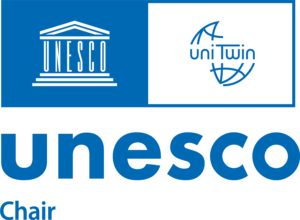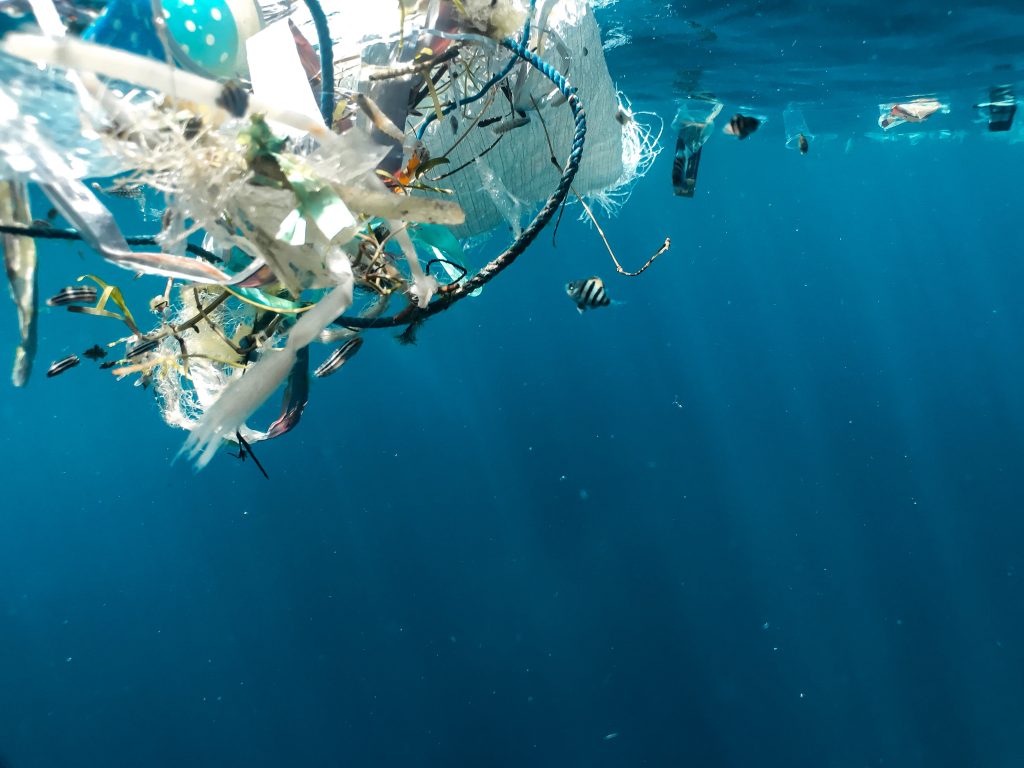
An essay prepared in advance of serving as a interactive dialogue participant at the UN STI Forum 2022, Roundtable 3.
By Nicolas Balcom Raleigh, UNESCO Co-Chair on Learning for Transformation and Planetary Futures
When discussing pathways to achieving the UN Sustainable Development Goals / Agenda 2030 (SDGs), it is worthwhile to consider potential transformations (imagined futures or stories of change) of multiple aspects of ‘science’ and ‘technology’ through 2030 and beyond. These aspects include societal, cultural, and worldview-related understandings of these domains.
A reflexive stance toward what is perceived as possible vs. what could be possible using yet-to-be invented mindsets and frames ought to be invited in conversations about ‘how to achieve the SDGs’. Such a stance can enable the collective production of new insights. These new insights could hopefully help humanity identify new opportunities to reconfigure present meanings, structures, and practices of science and technology – which are two forms of human activity influencing how much of, how many, and how widely the SDGs are achieved.
Science and technology play a large role in helping people understand our world and imagine its futures. Therefore, the involvement of many perspectives in the processes for developing science and technology is important. Additionally, the ethical integrity of these processes requires tending – not only to support the quality of outcomes, but also to redress past harms done to peoples around the world due to the functions of these domains. Indeed, harms from science and technology have been precursors to heartbreaking gender and racial injustices, contributing to persisting poverty, and inequality. Acknowledging these harms and attending to stopping them is much needed in this ever-becoming and precarious now as we attempt to achieve the 17 SDGs by 2030.
Crosscutting this kind of framing for conversations about how science and technology can help humanity is a systems-thinking and complexity-reflective stance. This framing prompts us to start such discussions with an awareness that ‘all things are interconnected’ – relations exist even among apparently unrelated phenomena. There are no closed systems, only open ones. For instance, advances in plastics technology and the rise of plastic consumption has produced a mass of floating plastic in the Pacific Ocean. An appreciation for complexity and systems perspective supports thinking of interrelations among the five SDGs targeted by the UN STI Forum 2022 – SDG4 Quality Education, SDG5 Gender Equality, SDG14 Life Below Water, SDG15 Life on Land, and SDG17 Partnership toward goals.
This reflexive stance also encourages us living beings of the human species to recognize ourselves as a part of whole ecosystems. From this view, we can see our cognitive and physical outputs as unbounded, rippling effects into the rest of Earth’s living nature while those living beings similarly resonate their outputs toward us. This view raises questions such as, ‘How do we mobilize our human science and technology in service of the whole of living nature? Can our scientific and technological activities produce benefit to all life, human and non-, on land and in the water? Could we better recognize and appreciate the understandings and technologies of other species and inter-relate to those in more mutually beneficial ways?
As we reconsider our specie’s relationships to the rest of Earth’s life, we also must reconsider our relationships to each other – across genders and across generations. How can science and technology development processes and outputs foster greater gender justice and equality? How could these domains help stop harms to women and nonbinary gender identities? How could these domains enable new ways of configuring our lived relationships across genders to promote bodily autonomy, self-determination, and opportunity? How can science and technology help launch virtuous anti-racist systems to replace the vicious racist systems we have inherited from the past? How could processes of science and technology be opened more fully so that society-wide teaching and learning can foster a new era of involvement in widening collective human knowledge? What would it take for all people to feel like their identities and voices belong in science and technology processes?
Science and technology in their current formulations have enjoyed a significant level of attention and prioritization around the world. As a result, we as one of Earth’s many species have enjoyed new understandings, as well as conditions that enable us to reach for further understandings, of how our world functions and could be made to function. We humans have also suffered deadly consequences of our science and technology, from accidents like Chernobyl to intentional deployments science and technology to destroy life and its habitats, including the first World War, second World War, and all military wars and conflicts since – including the contemporary and devastating Russian invasion of Ukraine. How old and boring such pursuits of conquest and territory are when compared to the aspirational objectives of the SDGs, agreed to by all nations in 2015. Teaching whole generations to fight and to glorify war is a travesty to the human potential of the rising generations, and a setback to a comprehnsive achievement of these goals.
While widely valorized and often serving as a source for hope toward the future, technology, and science in and of themselves are not virtuous or viscous pursuits. The suitability of scientific and technological processes and outcomes for helping us meet the SDGs will largely rely on the intentions, ambitions, and integrity of all nations, research institutions, companies, and publics who engage in producing them. These in turn are wrapped inside of worldviews and metaphors which are embodied by the actors who engage them. Raising conscious attention to these dimensions of science-making and technology-inventing will be critical to finding highly relevant, transformative, and effective knowledge and tools for achieving the SDGs. It is my view, such an achievement is worth all of today’s bets because doing so would be the greatest gift our present selves can give to future people: enabling conditions in which they can thrive and make their own choices.
Underlying the above is the importance of acknowledging that our perceptions of what is possible, and by when, is informed by the implicit and explicit futures we imagine. Such acknowledgement allows us to ask: ‘What potential transformations can we notice when we air our imagined futures? When we actively question and inflect the assumptions within those futures?’ It allows us to go even further and ask, ‘What do we notice transforming now? What can we name this previously unnamed phenomena?’ and ‘What experiments could we initiate today that would produce benefit for future people (including ourselves, later than now)?’
A hoped-for outcome of such discussions about producing knowledge, advancing understanding, and inventing new technologies and their applications, would be meaningful, insight-driving, encounters with imagined futures and novelty in the present which help us see our world and the 17 issues emphasized by the SDGs in new and inspiring ways.
Developing futures literacies is necessary to this cause.
CC-BY 4.0 2022 – Nicolas A. Balcom Raleigh